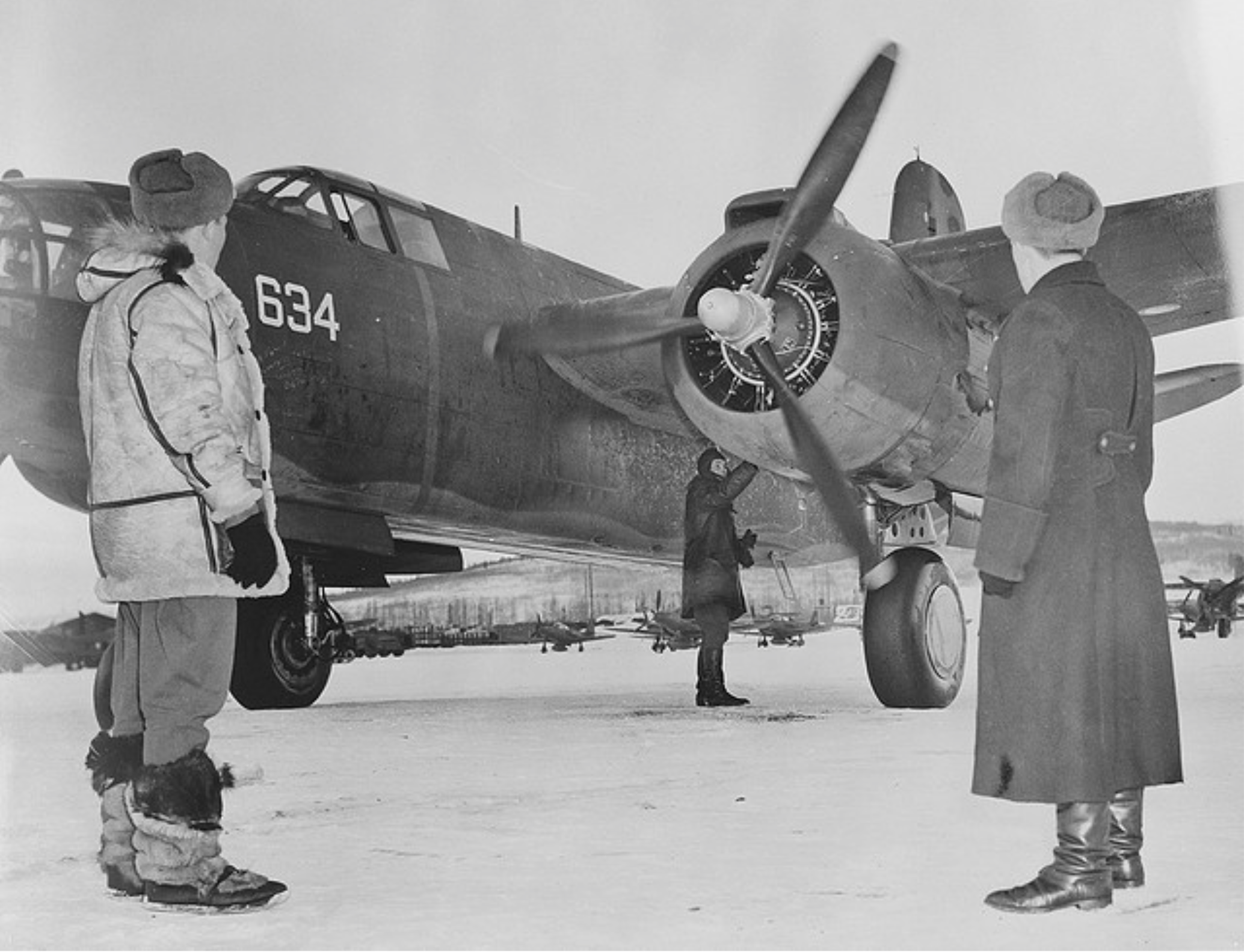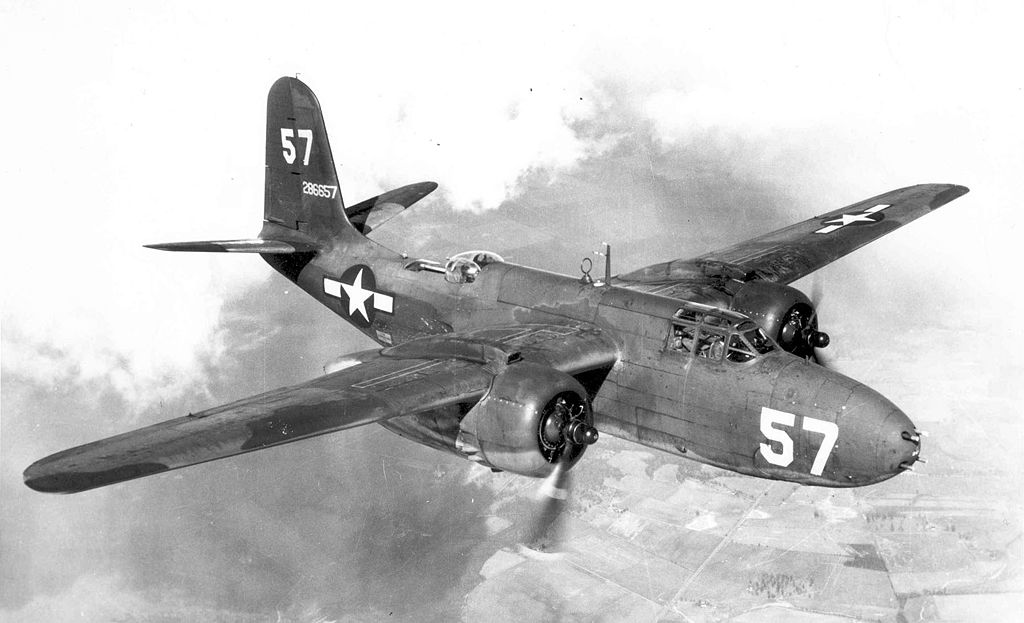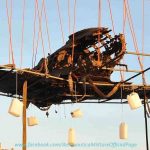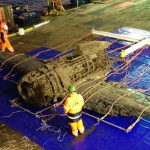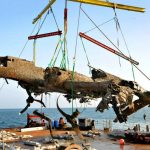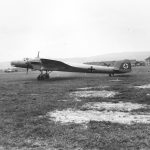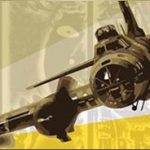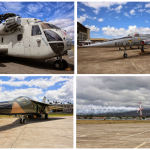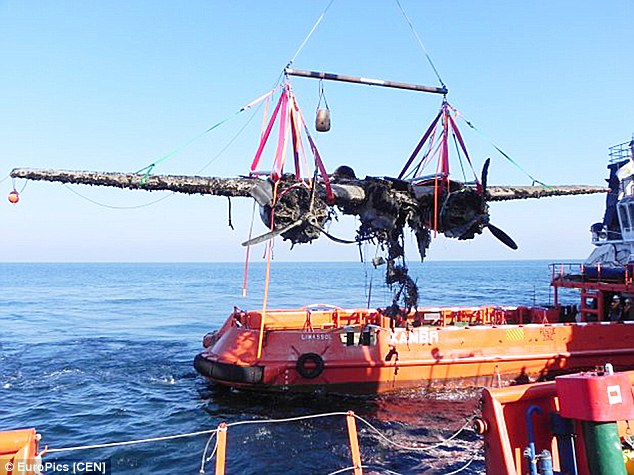
A Polish salvage crew has recovered the substantial, but battered remains of a rare Douglas A-20 Havoc medium bomber from the bottom of the Baltic Sea in the last few days. Just a dozen or so substantially complete examples remain in preservation, along with a few hulks. It is likely that the aircraft is one of many hundreds supplied by the USA to the Soviet Union under Lend Lease during WWII. So far the wreck is unidentified though. While it is always possible that a detailed researcher may one day be able to determine her serial number, either through examining crash records, or possibly finding a data plate on the airframe or engines that tallies with a known example, it is likely she will always remain anonymous.
Word of the wreck’s location first surfaced back in June, after an accidental discovery by a maritime research team. The location is notorious for its rough seas, but even so, plans went ahead for the aircraft’s recovery. The aircraft was apparently substantially buried in mud, which probably contributed to the relatively well-preserved quality of the airframe. However, it does appear that the fuselage probably fell apart due to the weight of sludge inside it during the lifting process, as very little of it came up with the wings sadly. Currently, the A-20 is sitting on the dock in the port of Gdynia, but it is expected to move to the world class Polish Aviation Museum in Krakow where she will be cleaned and preserved. They will need to act quickly if they want to save what they’ve recovered though, as aluminum can corrode rapidly upon exposure to the air following prolonged saltwater immersion. The museum will release a detailed report on the Havoc once they’ve completed their examination. More photographs of the recovery can be found at the Daily Mail HERE.








